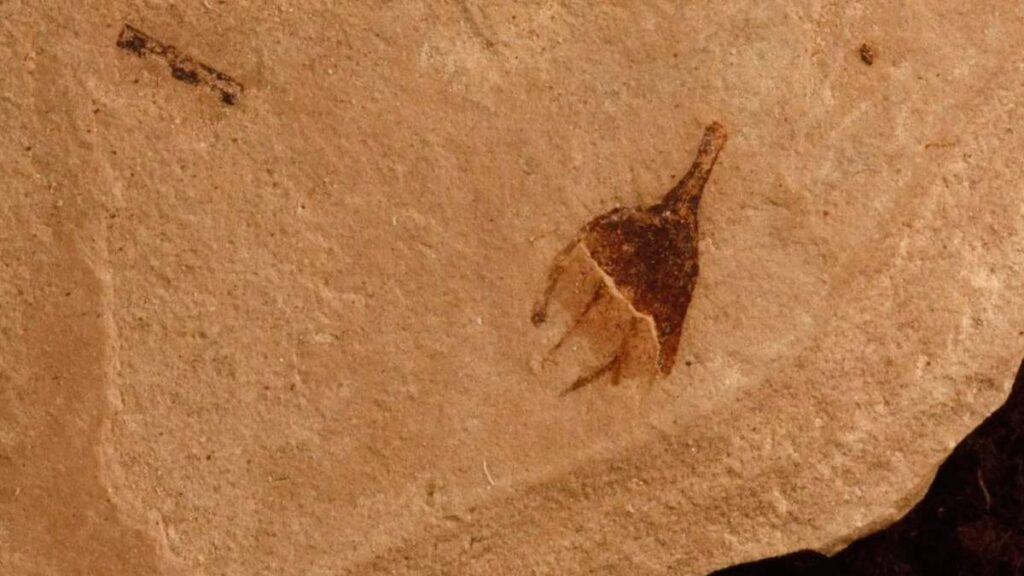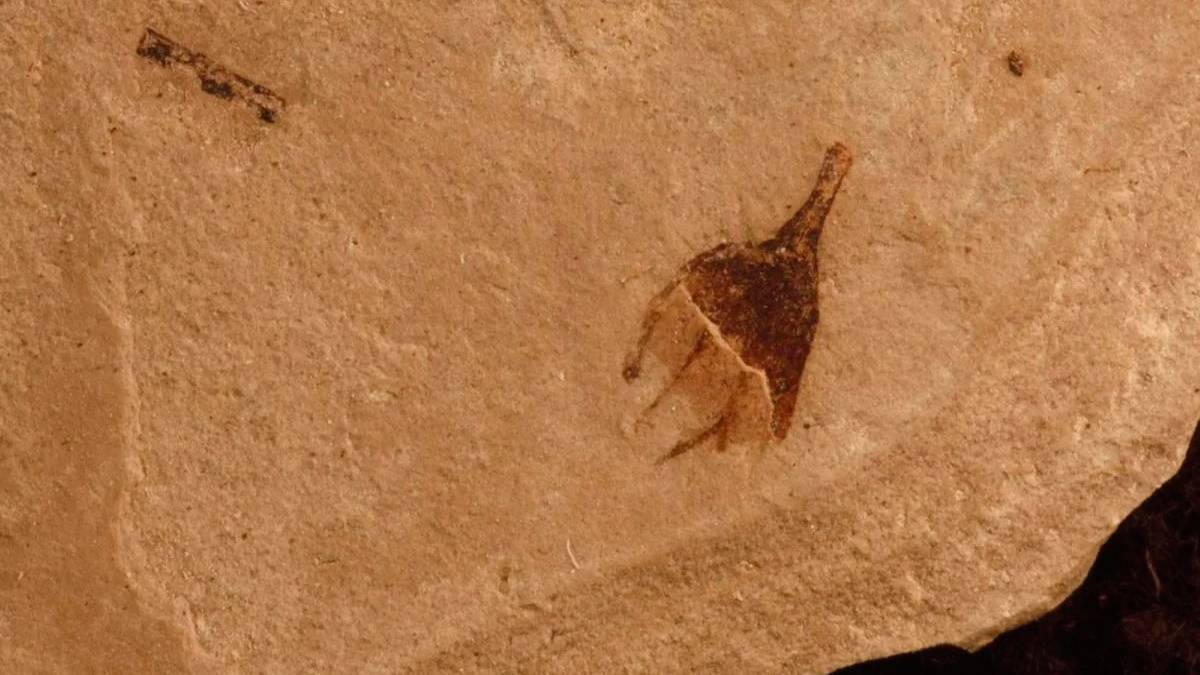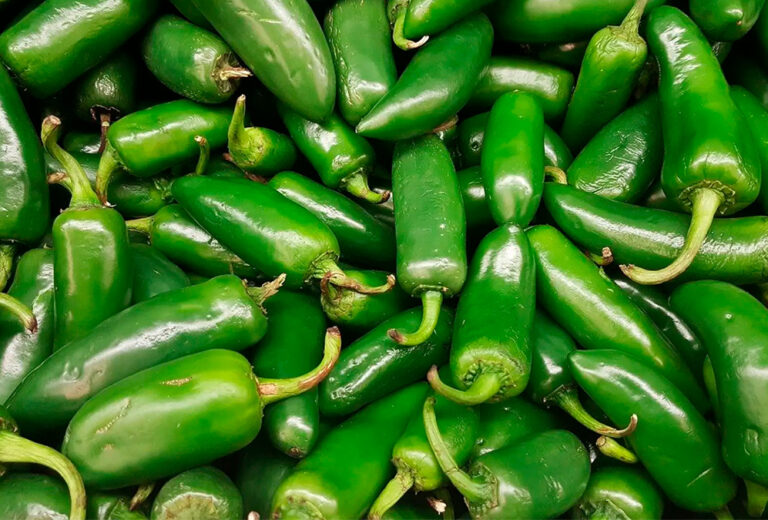Click here to read the Spanish version.
Just a few weeks ago, a team of researchers from the University of Colorado Boulder identified a chili fossil that, as they explained, “could rewrite the geography and evolutionary chronology of the Capsiceae plants”. This unique tribe is part of the Solanaceae family, to which other succulent species such as tomato and eggplant also belong.
The scientists’ findings, published in the journal New Phytologist, show that the history of the Capsiceae is much older than previously thought. It was believed that the origin of chili peppers was between 10 and 15 million years ago in South America; but this new research raises the date to at least 50 million years ago, and suggests that chili peppers were already present in North America at that time (experts have theorized that fruit-eating birds may have transported seeds and plants around the world).
“At first I thought, ‘No way! This can’t be true.’ But those little spikes on the end of the fruiting stem were so characteristic of chili peppers,” explains Rocio Deanna, lead author of the study. The researchers examined three different fossils, two from the collections of the CU Boulder Museum of Natural History; and one from the Denver Museum of Nature and Science. All three belong to the Green River Formation in Colorado, a “geological treasure” in northwestern Colorado and southwestern Wyoming (interestingly, there are no chili peppers in the area today).

Prehistoric tracks
Deanna, a postdoctoral researcher in ecology and evolutionary biology; and Abel Campos, a double major in evolutionary biology and molecular, cellular and developmental biology, were not planning to rewrite history when they came across them. But coincidentally, they all belong to the Eocene geological epoch; that is, between 34 and 56 million years ago.
“The family is much older than we thought. We are still assimilating this new timeline,” says Deanna. Although those prehistoric chili peppers were not exactly like today’s: the researchers are not sure of their shape and color, but they believe their size was smaller and, like their relatives, they may have been quite hot.
“Who knows how many new fossil species are in any of our museums? They are just waiting for the right eyes to notice them,” the researchers comment. We’ll have to keep our eyes peeled.




